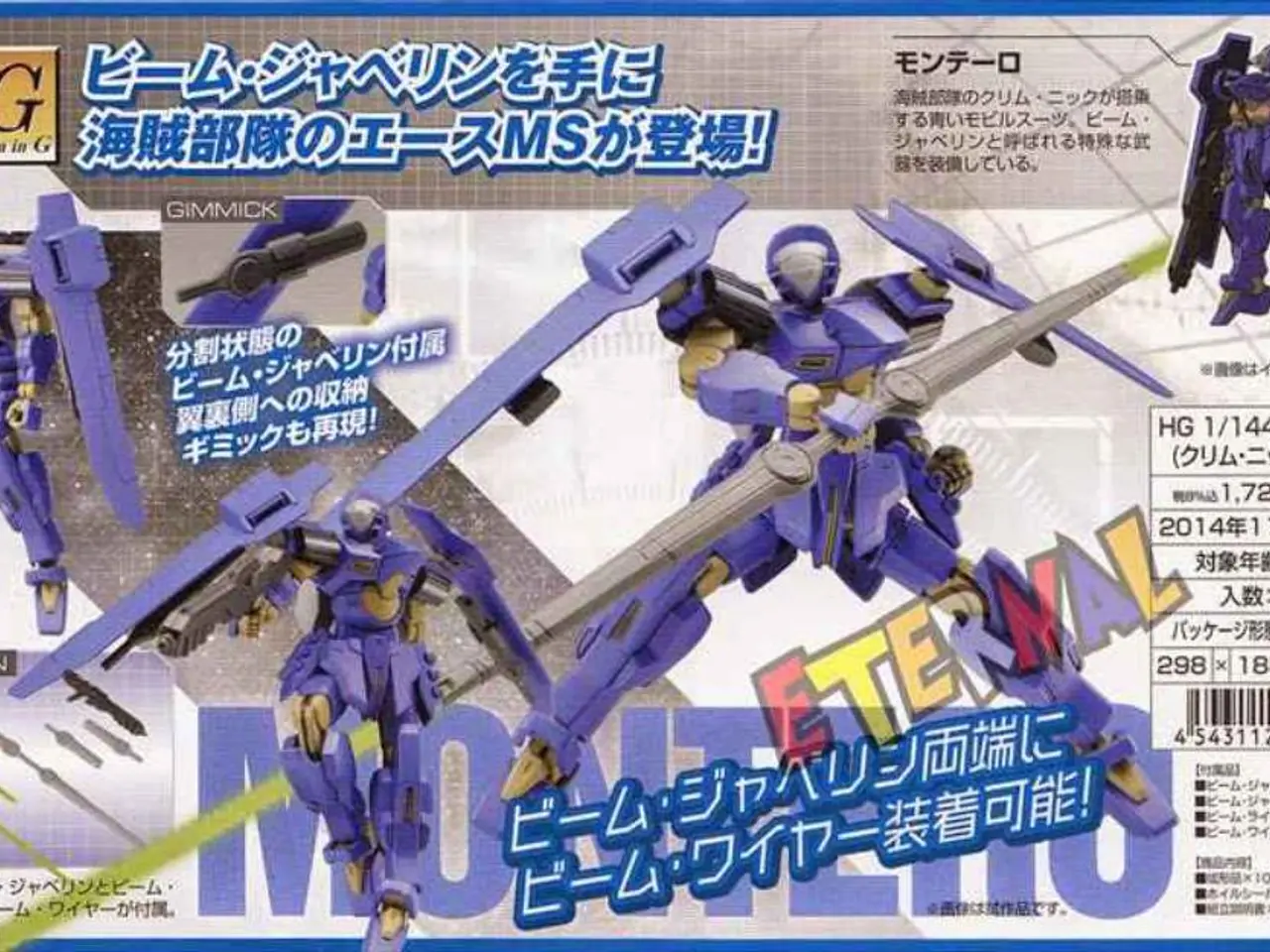BMX Bottom Bracket Varieties: An In-Depth Analysis of the Four Most Common Kinds
In the world of BMX bikes, the bottom bracket plays a crucial role in facilitating smooth pedaling and ensuring a stable ride. This component connects the crankset to the bike frame and serves as the heart that keeps the bike moving efficiently. Here's a breakdown of the common types of bottom brackets used in BMX biking and their key differences.
1. **Three-Piece Crank Bottom Bracket** - Description: This setup involves a separate axle for each crank arm, making it a popular choice for BMX bikes due to its simplicity and ease of maintenance. - Key Differences: The three-piece crank bottom bracket is relatively lightweight and easy to install and maintain. However, it may not offer the same level of stiffness as other systems.
2. **Square Taper Bottom Bracket** - Description: These use a square taper spindle to connect the crank arms to the bottom bracket. - Key Differences: Square taper bottom brackets are known for their simplicity and affordability, but they are less common in modern BMX setups due to potential issues with durability and stiffness.
3. **External Bottom Bracket (BB30, PF30, etc.)** - Description: These have bearings that are housed in external cups, outside of the frame's bottom bracket shell. They are often used in high-performance bikes for their increased stiffness and lighter weight. - Key Differences: External bottom brackets offer improved stiffness and lighter weight compared to traditional systems, but they may require specific frame designs to accommodate the external bearings.
4. **Integrated Bottom Bracket (e.g., PressFit, BB86/BB92)** - Description: These integrate the bearings directly into the frame, eliminating the need for threaded cups. - Key Differences: Integrated bottom brackets provide a cleaner look and can be more durable, but installation can be more complex and may require specialized tools.
While the search results do not explicitly list the four common types of BMX bottom brackets, BMX bikes often use bottom brackets that are similar to those found in other types of bikes but with some specific characteristics.
- The Mid BB, the most common in freestyle BMX, is sleeker, more modern, and fits neatly into the bike frame without additional cups. It is known for its simplicity, ease of installation, and lighter weight, making it popular among riders seeking efficiency and speed. - The American BB, characterized by larger bearings housed in metal cups, is praised for its ability to handle stress, making it great for hardcore tricks and jumps. However, it can be heavier than other BMX bottom bracket types. - The Spanish BB, featuring slightly smaller bearings than the Mid BB, is known for its sleek design and lightweight, making it a favorite among riders who prioritize agility and aesthetics. However, compatibility and replacement parts might be more challenging to find due to its specialized bearings and sizing. - The Euro BB, mainly found in BMX racing, offers a traditional approach with a threaded design that screws directly into the bike frame.
Regardless of the type of bottom bracket used, it's essential to ensure compatibility with your BMX bike's frame to maintain a smooth ride, stable pedals, and the bike's readiness for various terrains like ramps, dirt jumps, and streets. Always check the bottom bracket type of your BMX bike before making any changes to ensure compatibility.
In the realm of BMX bikes, the latest trends in gadgets and technology have led to the evolution of various bottom bracket types, each offering distinct advantages. For instance, the Mid BB, popular among freestyle riders, merges technology and sports by providing a sleek, modern design with enhanced efficiency and lighter weight. On the other hand, the traditional American BB, with its durable construction, caters to hardcore tricks and jumps in BMX sports, demonstrating the fusion of technology and sports performance.




